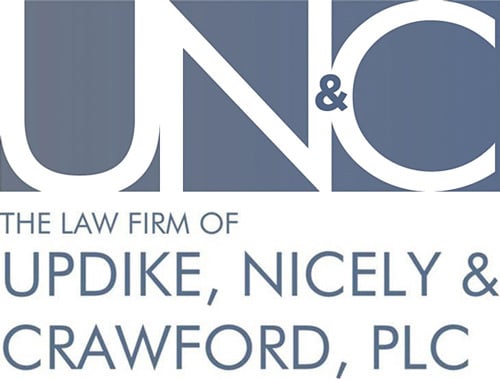The Centers for Disease Control and Prevention estimates that trip and fall accidents injure over 1 million people each year. Trip and fall accidents can happen anywhere and to anyone.
Whether you stumble over an uneven sidewalk, slip on a wet floor or catch your foot on a stray object, the consequences can range from minor discomfort to serious injury. These accidents often happen unexpectedly and can catch even the most cautious person off guard.
Sprains and strains
Falling can cause you to twist or overstretch your muscles and ligaments, leading to sprains and strains. Ankles, wrists and knees are particularly susceptible to these types of injuries.
Fractures
A hard fall can cause fractures in various parts of the body. Common fracture sites include the wrists, arms, hips and ribs. Older adults are especially at risk for hip fractures, which can have serious long-term consequences.
Head injuries
A fall can result in a blow to the head, leading to concussions or more severe traumatic brain injuries. Even a mild concussion can have lasting effects, so it is essential to seek medical attention if you experience any head trauma.
Cuts and abrasions
Tripping and falling can cause cuts, scrapes and abrasions to the skin. While these injuries might seem minor, they can be painful and lead to infections if not properly cleaned and cared for.
Spinal injuries
Falling awkwardly can put strain on your back and neck, leading to spinal injuries. These can range from mild muscle strains to more severe issues like herniated discs, which require medical intervention.
A trip and fall accident might seem like a minor incident, but it can lead to a wide range of injuries. Being aware of the risks and taking appropriate precautions can help minimize the likelihood of injury. When you know the potential injuries and how to respond, you can protect yourself and those around you from the lasting effects of a trip and fall accident.


